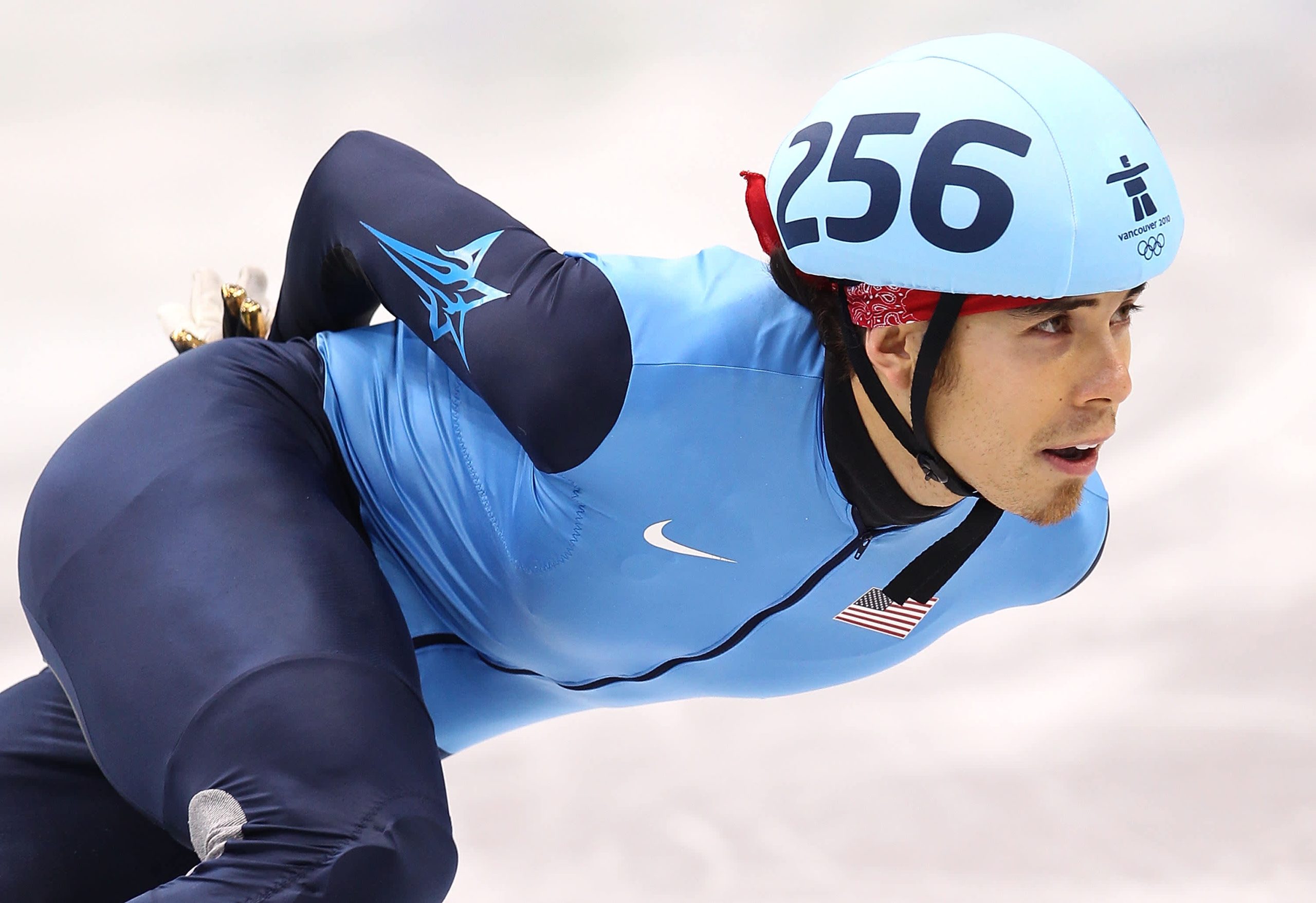Waardenburg syndrome is a rare genetic condition that affects the pigmentation of a person’s skin, hair, and eyes. It is characterized by distinct facial features, hearing impairment, and, in some cases, changes in hair and eye color.
While it is a relatively uncommon condition, several celebrities have shown incredible resilience and success in the face of the challenges posed by Waardenburg syndrome. In this blog post, we will delve into the lives and achievements of some remarkable individuals who have Waardenburg syndrome, shedding light on their inspiring journeys and contributions.
What is Waardenburg Syndrome?
Waardenburg syndrome is not as well-known as some other medical conditions, and understanding its basics is essential to appreciate the journeys of those living with it.
Waardenburg syndrome, named after the Dutch ophthalmologist Petrus Johannes Waardenburg, is a group of genetic conditions that primarily affect a person’s appearance and hearing. It is divided into four main types, each with its own specific characteristics, but they all share common traits such as changes in pigmentation and hearing impairment. The genetic basis of this syndrome is primarily associated with mutations in certain genes. These mutations disrupt the normal development of the ear and pigmentation in the hair, eyes, and skin.
The inheritance patterns of Waardenburg syndrome can be autosomal dominant or autosomal recessive, depending on the specific type and genetic mutations involved. These inheritance patterns have implications for the likelihood of passing the condition on to the next generation.
Celebrities with Waardenburg Syndrome
In this section, we will focus on three prominent celebrities who have Waardenburg syndrome and how they have become inspiring figures for many.

- Apolo Ohno: The Olympic Champion
Apolo Ohno’s story is not just about Olympic triumphs but a testament to the extraordinary power of the human spirit. Diagnosed with Waardenburg syndrome at an early age, Apolo faced unique challenges. The most visible aspect of his condition was his distinctive appearance, characterized by stark blue eyes and a shock of white hair. He also experienced hearing impairment, which added another layer of complexity to his life.
However, what truly sets Apolo apart is not the condition he was born with but the way he chose to approach it. Rather than letting Waardenburg syndrome define him, he decided to define himself through his actions and accomplishments. From a young age, he developed an unyielding determination to pursue his passion for speed skating, a sport that demands not only physical prowess but also exceptional mental strength and discipline
Apolo’s journey to becoming an Olympic champion was not without its hurdles. He faced skepticism and sometimes even ridicule from those who questioned his ability to succeed in a highly competitive and physically demanding sport. The challenges of his hearing impairment and unique appearance were compounded by the grueling training, intense competition, and numerous setbacks he encountered along the way.
However, Apolo Ohno’s story is a resounding testimony to the importance of perseverance. He refused to be held back by circumstances beyond his control. Instead, he viewed every obstacle as an opportunity to grow stronger and more determined. With unwavering self-belief, he pushed himself beyond his limits, demonstrating that success is not determined by one’s physical attributes but by the depth of their commitment and the strength of their spirit.
Apolo’s journey reached its pinnacle at the Winter Olympics, where he secured multiple medals, including gold, and became one of the most successful American Olympians of his generation. His victories were not just a celebration of his athletic abilities but also a triumph of the human will. He had shattered stereotypes and proven that individuals with unique challenges are not defined by their conditions; they are defined by their character, their dreams, and their indomitable spirit.
Apolo Ohno’s journey is a shining example of how embracing one’s uniqueness can lead to extraordinary success. He did not hide from his condition; instead, he embraced it as an integral part of who he was. In doing so, he not only inspired individuals facing similar challenges but also taught the world a valuable lesson about the beauty of diversity.
As a role model, Apolo has continued to advocate for those with hearing impairments and raise awareness about Waardenburg syndrome. His story is a reminder that our unique qualities are what make us special, and it is through embracing them that we can truly shine. In a world that often values conformity, Apolo Ohno’s life is a beacon of individuality and a testament to the strength that lies within each of us. His story reminds us that our uniqueness is not a hindrance; it is our greatest asset, and it is through embracing it that we can achieve greatness.

- India Eisley: The Rising Star
In the glitzy and image-focused world of Hollywood, where appearance often takes center stage, navigating the entertainment industry can be a formidable challenge for anyone. For India Eisley, a young actress with Waardenburg syndrome, her journey into the world of film and television is nothing short of extraordinary. Her experiences have not deterred her; instead, they have motivated her to be an advocate for those with the condition.
From the outset, India demonstrated an extraordinary degree of talent and charisma. She possesses a magnetic presence that captivates audiences and an innate ability to bring depth and authenticity to her roles. Her acting abilities shine through, and she has become a rising star in the entertainment industry, all while managing the additional challenge of living with Waardenburg syndrome.
India’s presence in Hollywood is a testament to the idea that talent knows no boundaries. In an industry that often places a premium on conventional standards of beauty, she has broken the mold and carved a unique space for herself. Her success not only challenges conventional notions of appearance but also underscores the value of diversity in the entertainment world. It is a reminder that talent, skill, and passion can transcend the boundaries of physical attributes, and India’s journey is a testament to the boundless potential that lies within every individual.
India’s efforts in raising awareness about Waardenburg syndrome are a reflection of her deep commitment to making a difference. She recognized that her position in the spotlight provided her with a unique platform to shed light on the condition and to influence societal perceptions. India’s advocacy work has reached far and wide, educating people about Waardenburg syndrome and dispelling myths and misconceptions. She has used her own experiences to foster understanding and empathy, making a significant impact on the lives of those with the condition and their families.
India’s advocacy work is a testament to the impact one person can make in changing societal perceptions. She has inspired not only those with Waardenburg syndrome but also countless others who may have felt marginalized due to physical differences. Her advocacy is a powerful reminder that every individual, regardless of their background or condition, has the potential to be a catalyst for change and a source of hope for others.
In a world that often values appearances over substance, India Eisley’s journey is a shining example of how authenticity, talent, and the courage to be oneself can overcome any obstacles. Her presence in Hollywood and her advocacy efforts are inspiring countless individuals to embrace their uniqueness and to challenge societal norms. India reminds us that our differences are our strengths, and it is through our diversity that we can create a more inclusive and compassionate world.

- Megan Bomgaars: Reality TV Star and Advocate
Megan Bomgaars, best known for her role in the reality TV series “Born This Way,” is not just a television personality but a passionate advocate for people with disabilities. Her journey through life, marked by the additional challenges posed by Waardenburg syndrome, has shaped her into an influential figure who has touched the lives of many.
From a young age, Megan faced unique challenges associated with her condition. Waardenburg syndrome had given her a distinctive appearance, which, as with many who have faced societal expectations of conventional beauty, could have been a source of insecurity. However, Megan’s story is a powerful lesson in self-acceptance. She recognized that her unique appearance was an intrinsic part of her identity and that true beauty lies in embracing one’s individuality.
Megan’s journey in the entertainment industry is nothing short of remarkable. “Born This Way” provided her with a platform to share her life experiences and advocate for people with disabilities. The show’s success was not only a testament to Megan’s charisma but also a reflection of the growing recognition of the importance of inclusivity in the media. As one of the cast members, Megan became a voice for those whose experiences are often underrepresented or overlooked.
Her advocacy work extends far beyond the television screen. Megan’s passion for making a difference has led her to be an active advocate for people with disabilities in various capacities. She has worked to raise awareness about the challenges faced by those with disabilities and to promote a more inclusive and understanding society.
Megan’s story is not just about her achievements as a TV personality and advocate but a testament to the power of self-acceptance. She exemplifies the idea that self-love and self-acceptance are not only transformative for an individual but can also be a source of inspiration for others. Megan embraced her unique qualities and turned them into a source of strength, proving that individuality is something to be celebrated, not hidden.
Her journey is an inspiration not only to those with similar conditions but to anyone facing adversity. Megan’s life demonstrates that challenges can be turned into opportunities for advocacy and change. She has used her platform and her voice to break down societal barriers, fostering a world that is more inclusive and accepting of all individuals, regardless of their differences.
In a world that often places value on conformity, Megan Bomgaars’ story is a powerful reminder that true beauty is found in embracing one’s uniqueness. Her advocacy work and her journey serve as an example of how self-acceptance can be a catalyst for change, and how the power of one individual’s story can make a profound impact on the lives of many. Megan’s influence extends far beyond the television screen, and her legacy is a reminder that our differences are our strengths, and it is through our diversity that we can create a more compassionate and inclusive world.
Raising Awareness
While these celebrities have been instrumental in raising awareness about Waardenburg syndrome, there remains much work to be done. The importance of raising awareness about rare genetic conditions cannot be overstated. By sharing their stories and experiences, celebrities like Apolo Ohno, India Eisley, and Megan Bomgaars have contributed significantly to promoting understanding and inclusivity. Their advocacy has helped break down societal stigmas and misconceptions surrounding such conditions.
It is crucial for society to understand that rare genetic conditions, like Waardenburg syndrome, do not define a person’s worth or capabilities. By raising awareness, we can foster a more empathetic and inclusive world, where everyone is appreciated for their uniqueness.
Ongoing research into the genetic and medical aspects of Waardenburg syndrome holds the promise of better treatments and interventions. As science advances, we can anticipate improved therapies to address the hearing impairment and other medical challenges associated with the condition.
Supporting organizations that work tirelessly to improve the lives of those affected by rare genetic conditions is an important step for all of us. These organizations provide valuable resources, support, and a sense of community for individuals and families dealing with conditions like Waardenburg syndrome. By donating time or resources, we can contribute to the betterment of their lives and raise awareness about the importance of understanding and empathy when it comes to managing this type of disease.





